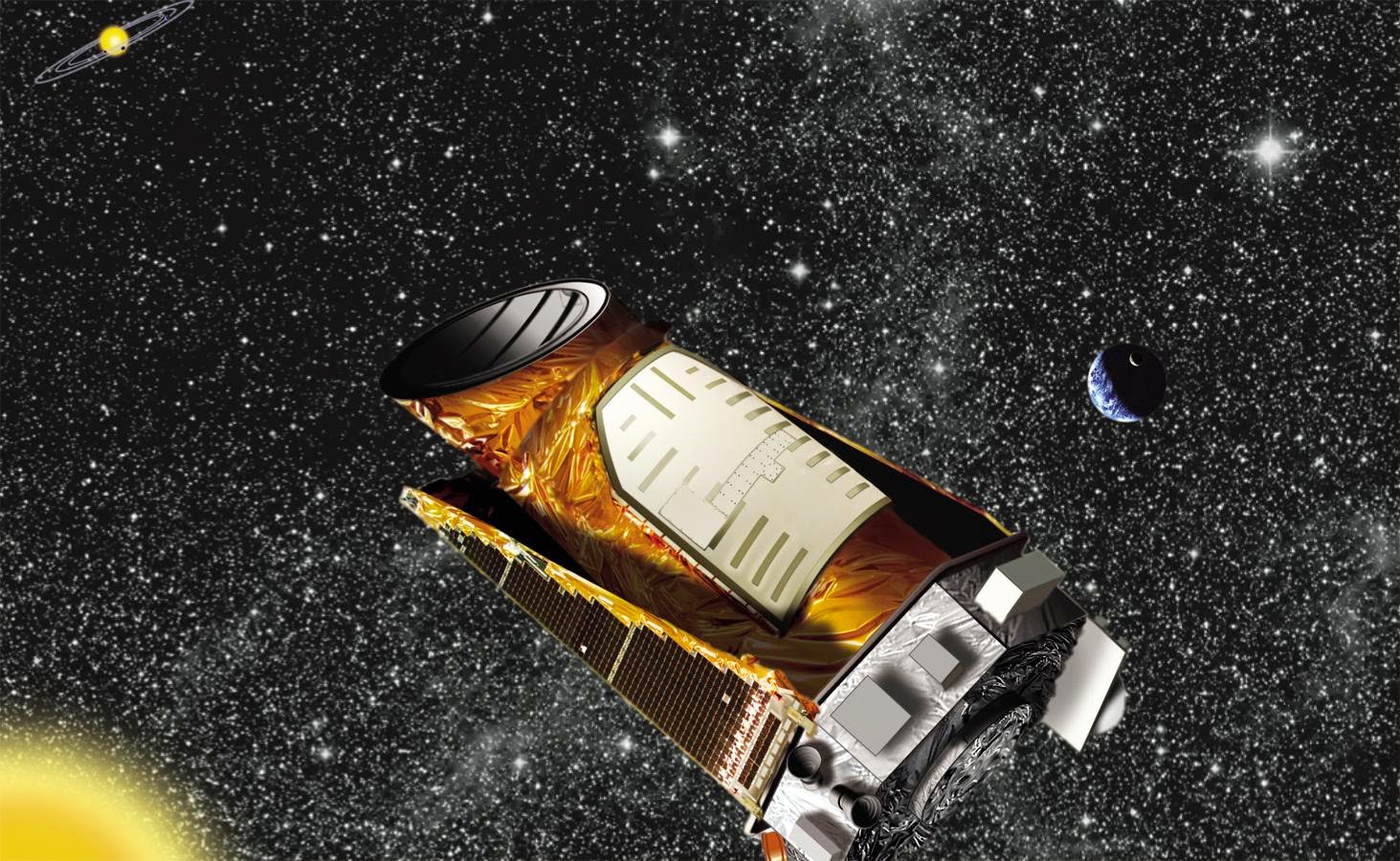On Mercury a solar day is about 176 Earth days long.
During its first Mercury solar day in orbit the MESSENGER spacecraft imaged nearly the entire surface of Mercury to generate a global monochrome map at 250 meters per pixel resolution and a 1 kilometer per pixel resolution color map.
Credit: NASA/JHU APL/CIW
Mercury has an oddball orbit, it takes longer for it to rotate on its axis and complete a day than it takes to orbit the sun and complete a year.
Now, researchers suggest photosynthesis could take place on an alien planet with a similarly bizarre orbit, potentially helping support complex life.
However, the scientists noted that the threat of prolonged periods of darkness and cold on these planets would present significant challenges to life, and could even potentially freeze their atmospheres.
They detailed their findings in the International Journal of Astrobiology.
Astronomers have discovered more than 1,700 alien planets in the past two decades, raising the hope that at least some might be home to extraterrestrial life.
Scientists mostly focus the search for alien life on exoplanets in the habitable zones of stars.
These are regions where worlds would be warm enough to have liquid water on their surfaces, a potential boon to life.
Although many exoplanets are potentially habitable, they may differ from Earth significantly in one or more ways.
For instance, habitable planets around dim red dwarf stars orbit much closer than Earth does to the Sun, sometimes even closer than Mercury's distance.
Red dwarfs are of interest as possible habitats for life because they are the most common stars in the universe, if life can exist around red dwarfs, then life might be very common across the cosmos.
Recent findings from NASA's Kepler Space Observatory suggest that at least half of all red dwarfs host rocky planets that are one-half to four times the mass of Earth.
Since a planet in the habitable zone of a red dwarf orbits very near its star, it experiences much stronger gravitational tidal forces than Earth does from the Sun, which slows the rate at which those worlds spin.
The most likely result of this slowdown is that the planet enters what is technically called a 1:1 spin orbit resonance, completing one rotation on its axis every time it completes one orbit around its star.
This rate of rotation means that one side of that planet will always face toward its star, while the other side will permanently face away, just as the Moon always shows the same side to Earth.
One recent study suggests that such "tidally locked" planets may develop strange lobster-shaped oceans basking in the warmth of their stars on their daysides, while the nightsides of such worlds are mostly covered in an icy shell.
More information: "Photosynthetic potential of planets in 3 : 2 spin–orbit resonances." S.P. Brown, et al. International Journal of Astrobiology DOI: dx.doi.org/10.1017/S1473550414000068
During its first Mercury solar day in orbit the MESSENGER spacecraft imaged nearly the entire surface of Mercury to generate a global monochrome map at 250 meters per pixel resolution and a 1 kilometer per pixel resolution color map.
Credit: NASA/JHU APL/CIW
Mercury has an oddball orbit, it takes longer for it to rotate on its axis and complete a day than it takes to orbit the sun and complete a year.
Now, researchers suggest photosynthesis could take place on an alien planet with a similarly bizarre orbit, potentially helping support complex life.
However, the scientists noted that the threat of prolonged periods of darkness and cold on these planets would present significant challenges to life, and could even potentially freeze their atmospheres.
They detailed their findings in the International Journal of Astrobiology.
Astronomers have discovered more than 1,700 alien planets in the past two decades, raising the hope that at least some might be home to extraterrestrial life.
Scientists mostly focus the search for alien life on exoplanets in the habitable zones of stars.
These are regions where worlds would be warm enough to have liquid water on their surfaces, a potential boon to life.
Although many exoplanets are potentially habitable, they may differ from Earth significantly in one or more ways.
For instance, habitable planets around dim red dwarf stars orbit much closer than Earth does to the Sun, sometimes even closer than Mercury's distance.
Red dwarfs are of interest as possible habitats for life because they are the most common stars in the universe, if life can exist around red dwarfs, then life might be very common across the cosmos.
Recent findings from NASA's Kepler Space Observatory suggest that at least half of all red dwarfs host rocky planets that are one-half to four times the mass of Earth.
Since a planet in the habitable zone of a red dwarf orbits very near its star, it experiences much stronger gravitational tidal forces than Earth does from the Sun, which slows the rate at which those worlds spin.
The most likely result of this slowdown is that the planet enters what is technically called a 1:1 spin orbit resonance, completing one rotation on its axis every time it completes one orbit around its star.
This rate of rotation means that one side of that planet will always face toward its star, while the other side will permanently face away, just as the Moon always shows the same side to Earth.
One recent study suggests that such "tidally locked" planets may develop strange lobster-shaped oceans basking in the warmth of their stars on their daysides, while the nightsides of such worlds are mostly covered in an icy shell.
More information: "Photosynthetic potential of planets in 3 : 2 spin–orbit resonances." S.P. Brown, et al. International Journal of Astrobiology DOI: dx.doi.org/10.1017/S1473550414000068









No comments:
Post a Comment